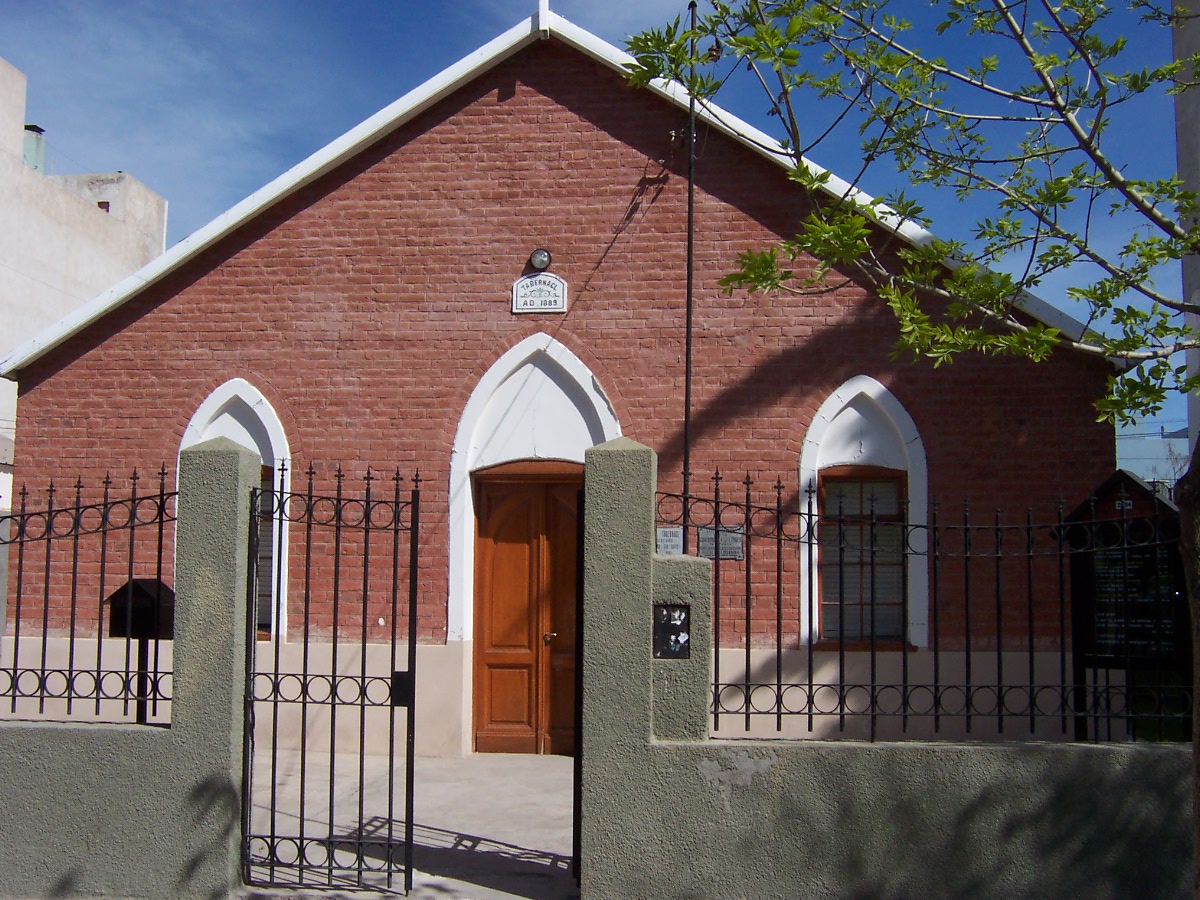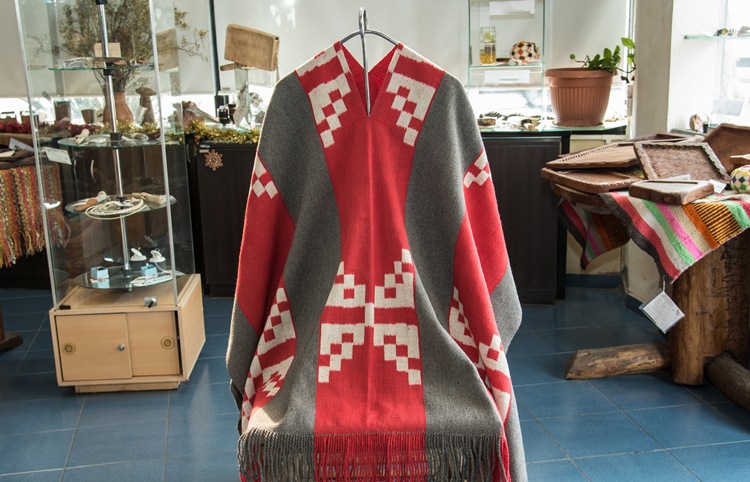Cultural Tourism
Ancient Culture
At every step, Argentine Patagonia preserves its ancient culture, one of the most powerful symbols of its identity. The history of its indigenous peoples, its artistic expressions, its traditional festivals, and countless magical stories and legends contrast with the most modern forms of art in a wide range of museums and events that create a richly nuanced experience. Throughout its territory, visitors will be dazzled by a culture deeply rooted in its origins. The most diverse towns and major cities of Patagonia offer first-class hotels, delicious regional cuisine, and cultural tours that promise a unique and enriching trip.
Mysticism and culture at the end of the world
The traditional Longest Night Festival in the city of Ushuaia celebrates the arrival of winter activities in Tierra del Fuego every June 21st with various shows. Throughout the year, legends, art, and museums amaze visitors of the province. Stories of Fuegian pioneers and indigenous culture are presented in diverse and picturesque museums such as the End of the World Museum, the Maritime Museum, and the audio-guided gallery “Pequeña Historia Fueguina de Ushuaia” (A Little Fuegian History of Ushuaia); the Khami Museum at Tolhuin; and the Monsignor Fagnano Museum at the Salesian Mission; the Virginia Choquintel Museum; and the Malvinas room in the Memory of the city of Río Grande, an invitation to learn about the roots of the End of the World.

Traditions and architecture in Río Negro
Its valuable architectural heritage and cultural events linked to music, literature, and art have their own shine in the city of San Carlos de Bariloche, one of the most renowned tourist destinations in Patagonia, in the province of Río Negro. In El Bolsón, the Carved Forest stands out for its originality. The monument in honor to Ceferino Namuncurá embodies the tribute to the most ancient religious beliefs and ancestors at the small locality of Chimpay.

La Pampa, as infinite as its diverse cultural expressions
The North is a green and fertile plain, with equestrian culture in cities and towns like Eduardo Castex with its Prehistory Park, gourmet cuisine at Sarah, and memories of Alberto Cortez at Rancul.
The Old General Stores are not to be missed, forming a network at Intendente Alvear, Arata, Victorica, Ataliva Roca, and General Acha, signposted at the entrance to each locality.
In the West, Payunia stands out with its arid and mysterious landscape and invites you to explore the Crafts Trail of the Western Pampas: weaving, pottery, braided leather, and caldén wood carving reveal the ancestral knowledge and techniques that add the imprint of new generations. The signature dish of the West is goat, roasted or casseroled, flavored with herbs.
Throughout La Pampa, popular festivals celebrate production, art, and gastronomy. National festivals shine with the Western Pampas Livestock Festival at Victorica, the Horse and Tradition Festival at Ingeniero Luiggi, the Taming and Folklore Festival at Intendente Alvear, the Wheat and Bread Festival at Eduardo Castex, and the Criollo Grill Festival at Miguel Riglos.
To the East, at Guatraché, the Mennonite Colony accepts visitors, if possible, with a local guide whose contact information can be found on the Tourism Secretariat website.
From the capital, Santa Rosa, which impresses with its contemporary architecture, a winery, and the home of the Artisan Market, it is just 10 km to Toay, home to the House Museum of Olga Orozco, the famous poetess. You can choose to travel 32 km to “Parque Luro” to visit the Castle (MHN) or plan an hour and a half trip to the “La Holanda” cattle ranch, with its Ortiz Echagüe Atelier Museum.

Historic Ports and Museums in Santa Cruz
Ports offer a unique way to delve into a people’s culture. Declared sites of historical interest, Santa Cruz’s ports offer visitors a different perspective on Patagonian culture and the first navigators who arrived to these distant lands: Puerto Santa Cruz; Puerto Deseado, which was discovered in 1520 by Magallanes; “Isla Pavón,” home to the first white woman in Patagonia; and Puerto San Julián, where the famous English pirate Francis Drake landed, are some attractive destinations for history lovers. Visiting museums in Santa Cruz offers five interesting options in the city of Río Gallegos: the Father Manuel Jesús Molina Provincial Regional Museum, the Pioneers Museum, the Malvinas Argentinas Museum, the Eduardo Miniccelli Art Museum, and the Southern Patagonia Maritime and Naval Museum. The Father José María Beauvoir Salesian Museum can be visited in Puerto Deseado, the Regional Marine Art Museum at Puerto San Julián, and the Carlos Borgialli Regional Museum at Puerto Santa Cruz, where art, history, and culture come together in must-see tours.

Ancient Culture in Neuquén
Mapuche communities, popular festivals where music and dance are always present, give Neuquén and its people a strong sense of cultural identity. Wood and silver crafts—made with techniques passed down from generation to generation—are crafted by men and women, proud of their land. Known as the City of Arts, San Martín de los Andes offers an authentic cultural experience that ranges from its renowned sculptural expression to all branches of art. At Junín de los Andes, the Via Christi on “Cerro de la Cruz”, the former cemetery of the famous Chief Namuncurá, features life-sized sculpted figures that summon processions from different parts of the province and attract thousands of visitors each year. Among Neuquén’s museums, the recently inaugurated National Museum of Fine Arts in the City of Neuquén—the only National Museum of Fine Arts in the interior of the country—stands out, and it exhibits a prestigious permanent collection and showcases a variety of works by renowned contemporary artists and artists from the history of world art in its annual program.

Picturesque museums portray Patagonia in Chubut
Chubut is a land of rich history and tradition that shape a unique culture. Throughout the province, the history of its indigenous peoples, its Spanish heritage, Welsh culture, and the customs of multiple migratory movements are preserved, creating a magical legacy to discover. The unique cultural history of the province of Chubut and Patagonia can be reconstructed by visiting its incredible museums. Among them are the Gaimán Regional Historical Museum, the Rawson Historical Rescue Museum, the Dolavon Flour Museum, the Comodoro Rivadavia Oil Museum, the Sarmiento Regional Museum, the Leleque Museum, the Trevelin Mill Museum, the Maitén Railway Museum, the Oceanographic and Natural Sciences Museum, the Ecocenter of Puerto Madryn, the “Pueblo de Luis” Regional Museum, and the Trelew MEF (Museum Egidio Feruglio), among others. As the gateway for the Welsh community to Patagonia, Trevelin and Gaiman invite you to enjoy their centuries-old culture; the Welsh tea ritual, its confectionery and the intact customs of a people who made history in the region.

Artisan Markets of Patagonia
Textures, shapes, and colors that speak to us about identity. Through the work and products of artisans, we come into contact with the idiosyncrasies of a community, its customs, and its culture. Authentic pieces crafted with local raw materials, knowledge passed down through generations, are now captured in a product that reflects the nobility of its materials and the wisdom of all Patagonian people.
Patagonian artisan markets. Click here to access

Image of the La Pampa Artisan Market
Old General Stores
The charm of yesterday. Centuries-old bricks, silent witnesses of time. Stories, characters, anecdotes, and hundreds of pieces of life are woven into the wooden counters of these places that have endured to this day. Once nerve centers of life in so many rural towns in Patagonia, they are now faithful transmitters of the culture of each place. Some of them still operate commercially today, others have been reconverted or transformed into Museums; but all of them are permeated by that warm aroma of the village and the feeling of standing before a portal to the past.
In La Pampa, these Stores can be visited as a circuit, as there are eight of these sites that make up a Network linking the towns of Intendente Alvear, Arata, Victorica, Ataliva Roca, Toay, Rancul, Agustoni, and General Acha. In Río Negro and Santa Cruz, some of these places were also promoted to be visited and enjoyed by nostalgic travelers in search of those traces that speak to us today of the customs of yesteryear.
Patagonian General Stores. Click here to access.

